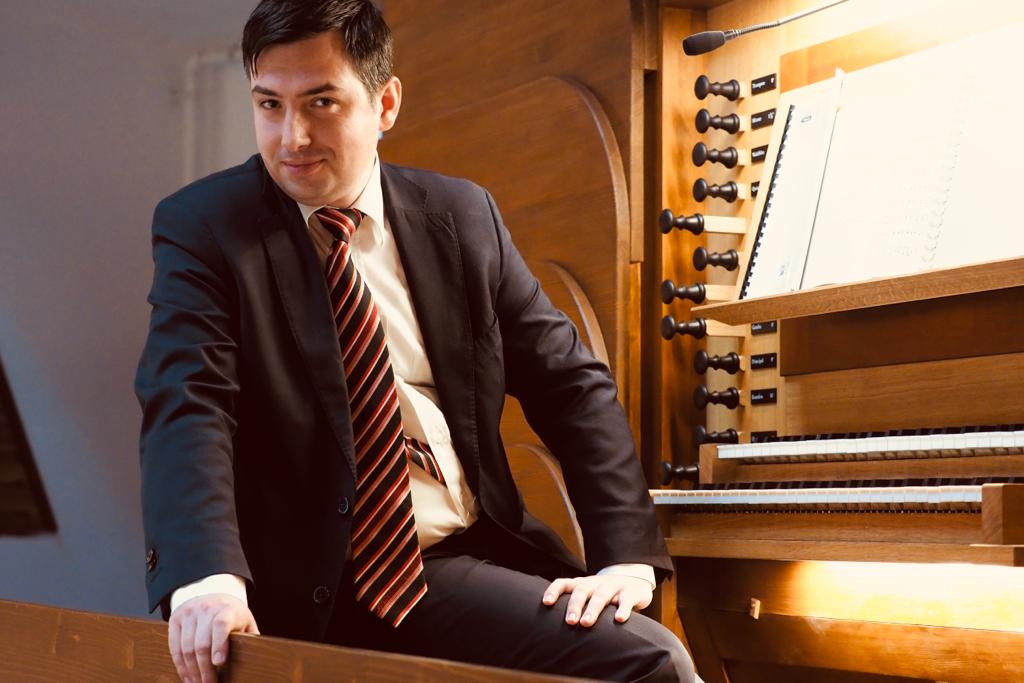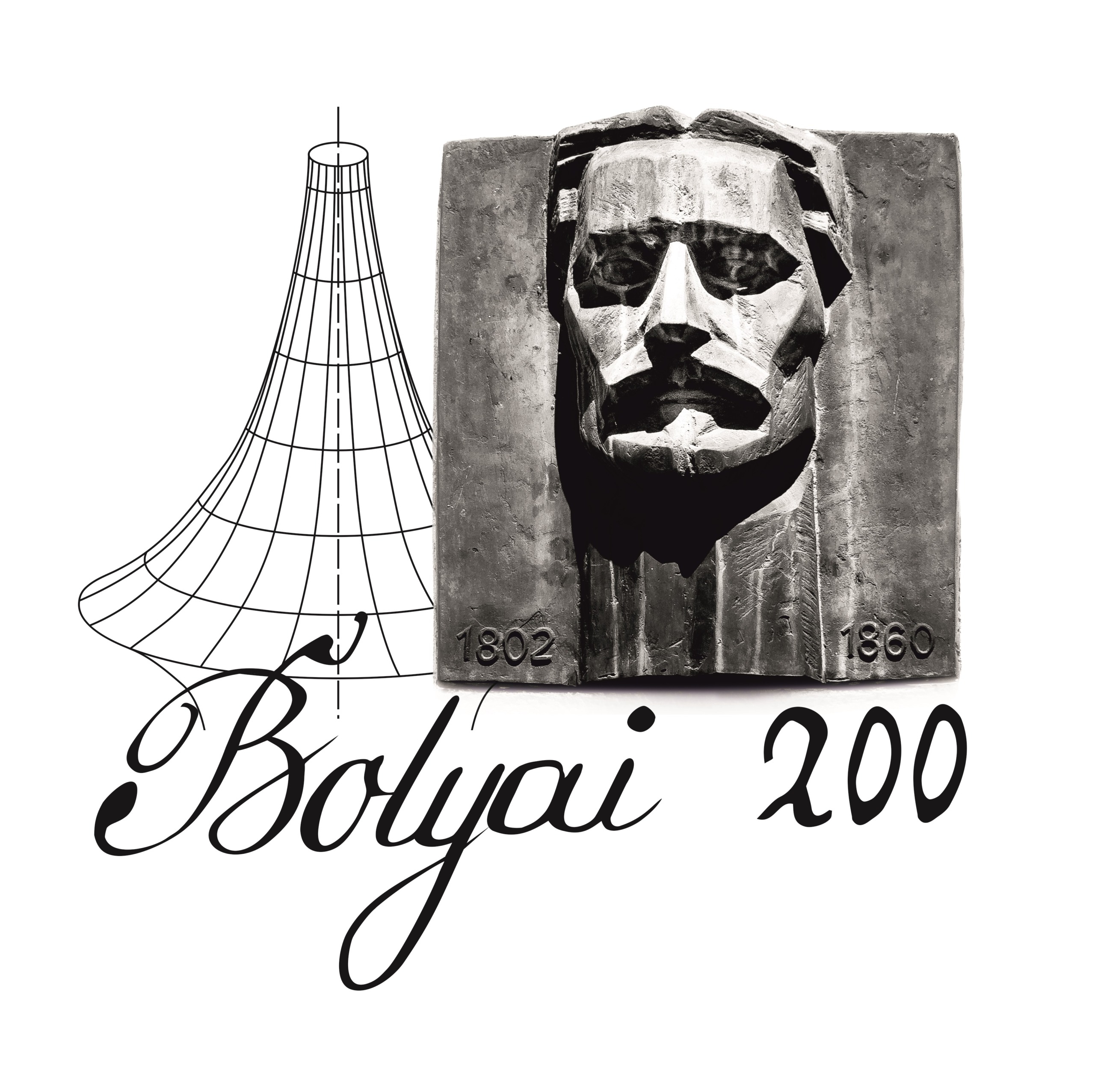Organ concert with contemporary works of the two Bolyai


About the works
1. J. S. Bach – Concerto BWV 593. Bach made several transcriptions of Antonio Vivaldi’s violin concertos. He adapted them for solo harpsichord and solo organ. It is a transcription from Vivaldi’s Concerto for Two Violins in A minor RV 522 for organ. The work has 3 parts Allegro, Larghetto e Spiritoso, Allegro.
2. G. F. Haendel Suite in G major-Aria. The suite is an instrumental musical work consisting of several parts written in the same tone but contrasting in character and movement. Basically, it is a musical composition, consisting of a series of instrumental pieces, united in a work of greater proportions. This suite constitutes a cycle of dances:
- Allemande
- Allegro
- Courante
- Air: Presto
- Menuetto
- Gavotta
- Gigue
3. G. F. Haendel Largo – is part of the Messiah Oratorio, being one of Handel’s best-known compositions written for choir and orchestra.
4. Franz Liszt Le rossignol – This short fantasy was composed by Franz Liszt in 1842 after an eponymous melody by Alecsandr Alabyev written in 1825. If the introduction announces in some way the impressionist language of the late nineteenth century, the sequel foreshadows the structure of Hungarian rhapsodies: a slow part, followed by a fast part.
5. Franz Liszt – Die Loreley – Loreley, a descendant of Homer’s mermaids stands on a rocky promontory on the Rhine River and lures shipwrecked sailors with her beautiful song. Heinrich Heine’s poetic masterpiece on the fatal power of myth delighted Liszt so much that he returned to his first thoughts many times over the years with minor adjustments and major reworkings, publishing three more versions for voice and piano, the last of which was also with orchestral accompaniment. Loreley is depicted on melodic lines that yearn upwards, as if looking at the top of the cliff, followed by pianistic waters that foam and foam as catastrophe ensues. Liszt, the great pianist, seduces his listeners with instrumental “singing”.
6. Brahms – Hungarian Dance No. 5. The Hungarian Dances by Johannes Brahms, are a set of 21 lively dance songs, mainly based on Hungarian themes, completed in 1879. Lasting about one minute to five minutes, the dances are among Brahms’s most popular works and were the most profitable for him. Each dance was arranged for a wide variety of instruments and ensembles. Brahms originally wrote the four-handed piano version and later arranged the first ten dances for solo piano.
The best-known Hungarian dances include numbers 1 and 5, the latter being based on the csárdás “Bártfai emlék” (Memories of Bártfa) by Hungarian composer Béla Kéler, which Brahms mistakenly believed to be a traditional folk song. A footnote from the Ludwig-Masters edition of a modern orchestration of Hungarian Dance No. 1 states: “It is believed that the material for this dance comes from the Divine Csárdás (ca. 1850) by Hungarian composer and conductor Miska Borzó”.
7. G. F. Haendel – Symphony from the oratorio Soloman – Arrival of the Queen of Sheba. Third Act (Meeting with the Queen of Sheba) The subject of Act III is the visit made to Solomon by the Queen of Sheba. Solomon and his men distract her by depicting a musical mask with grand choirs that take turns evoking the language of music, the quest for military glory, the despair of the rejected lover, and the storm that ends. All celebrate Israel led by the wise king, Solomon, personifying a golden age of peace, happiness, and prosperity.
Biographies
Organist Viorel Ciurtin was born in 1982 in Timisoara. He studied piano and organ at the Ion Vidu National College of Music in the capital of Banat. He studied at the Faculty of Music of the West University of Timisoara and obtained his bachelor’s degree in music and instrumental interpretation, specializing in organ. In 2009 he completed his master’s degree.
At the same time, in 2008, he continued his studies in Szeged, Hungary, in the class of Prof. László Csanádi. During 2010 he perfected organistic art in Italy at the National Conservatory of Cuneo, in the class of Prof. Massimo Nosetti. He also took artistic masterclasses with the famous professor Helmut Plattner in Bayreuth, Germany.
In 2008 he won the Bronze Medal at the International Organ Competition in Szeged (Hungary), and the following year he won the Eduard Terenyi Prize at the Organ Competition at the Timorgelfest Festival in Timisoara.
He gives symphonic concerts C. Saint-Saëns: Third Symphony in C minor, op. 78, Organ Symphony – Banat Philharmonic. His concerts held in Austria, Hungary, Poland, Italy and Romania (Brasov, Arad, Oradea, Bucharest, Cluj, Sibiu, etc.) enjoyed a remarkable success.
He has been a lecturer at the “Sabin Drăgoi” College of Arts in Arad for 11 years, where he founded the organ department. All these students pursued careers as organists. He founded the orchestra “Universul Musicii”. He also runs a musical instrument store called Universul Musicii in Timisoara, with the best instruments and the best recognized brands in Europe. He is titular organist and cantor at the New Millennium Reformed Church in Timisoara, promoting concerts and musical events.
Ciurtin Robert was born in the year 2010 . He began to play the piano at the age of 3 years with his father. Later, he started school at the Ion Vidu Music High School, piano instrument, under the guidance of teacher Icleanu Anda Drăgan. He won the grand prize at the Young Artist International Artistic Interpretation and Creation Competition in 2023, First Prize at the National Olympiad of Instrumental Interpretation Zonal Level in 2023. At the age of 9 he began to study saxophone, being part of the orchestra Universul Muzicii and also in the brass band of the Ion Vidu Music High School. He is organist at the Reformed Church in Fratelia.
Ciurtin Robert will play Franz Liszt on piano: Die Loreley and Brahms Hungarian Dance for 4 Hands (with Ciurtin Viorel).
